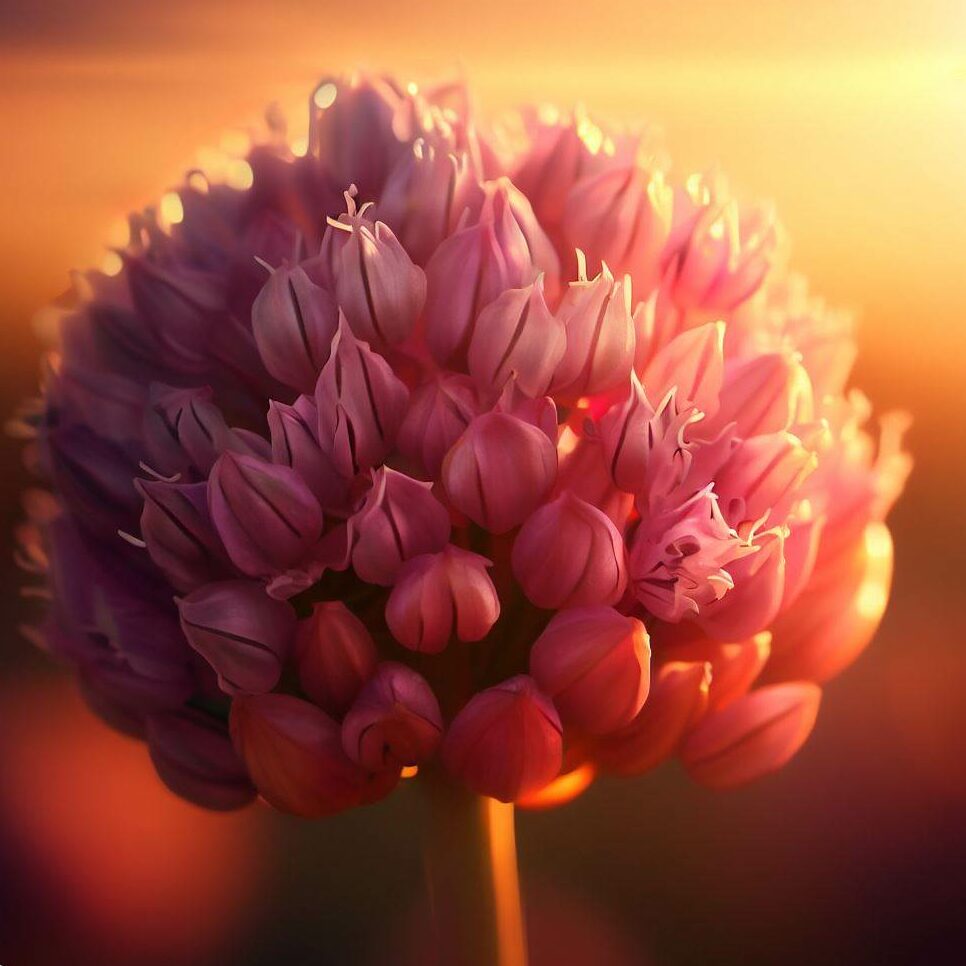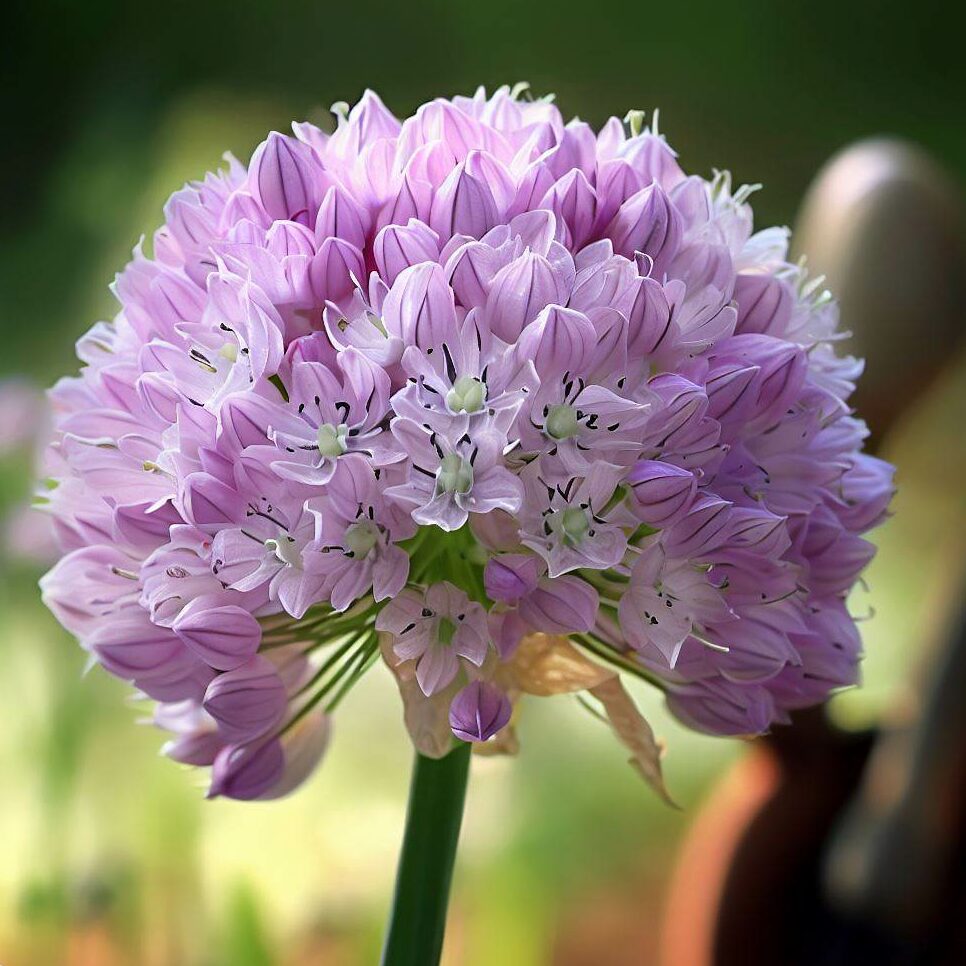When it comes to gardening, particularly with onions, a common question that arises is, “Should onions be left to flower?” The answer isn’t as straightforward as one might think, as it depends on various factors, including the type of onion, the gardener’s goals, and the specific conditions in the garden.
Understanding the Onion Life Cycle
To fully comprehend why onions flower, it’s important to understand the life cycle of an onion. Onions are biennial plants, which means they complete their life cycle in two years. In the first year, they focus on growing leaves and developing a bulb. In the second year, they flower, produce seeds, and then die. However, certain conditions can trigger onions to enter the second stage of their life cycle prematurely, a phenomenon known as bolting. Additionally, implementing companion planting strategies, such as pairing onions with carrots or tomatoes, can enhance growth and deter pests, further influencing the onion’s life cycle.

What is Bolting and Why Does it Happen?
Onions, like other plants, go through a process known as bolting, which is when the plant produces a flower stalk. This typically happens when the plant is under stress, such as from sudden changes in temperature, insufficient water, or poor soil conditions. When an onion bolts, it’s a sign that the plant is trying to produce seeds for the next generation.
Bolting is a survival mechanism for plants. When conditions are unfavorable, the plant hastens to produce seeds to ensure the survival of its species. In onions, bolting is often triggered by temperature fluctuations, particularly a period of cold followed by warmer temperatures.
The Impact of Bolting on Onions
When an onion bolts, it puts a lot of its energy into producing seeds, which can result in a smaller, less flavorful bulb. If you’re growing onions for their bulbs, you might want to prevent them from flowering to ensure larger, more flavorful onions.
However, if an onion has already started to flower, it’s generally too late to prevent it. In this case, you can still eat the onion, but it might not be as large or as flavorful as it would have been if it hadn’t bolted. The flower stalk can be tough and unpalatable, but the rest of the onion is still edible.
Eating Green Onions After They Flower
So, can you eat green onions after they flower? Absolutely! The green parts of the onion, also known as the leaves, are still edible even after the onion has flowered. They might be a bit tougher than usual, but they can still be used in cooking.

The Duration of Green Onions in the Garden
Now, how long can you leave green onions in the garden? Green onions, also known as scallions, can be left in the garden until you’re ready to use them. They’re quite hardy and can tolerate a range of conditions. However, like other onions, they might bolt if they’re stressed, so it’s best to use them before they start to flower.
The Final Verdict: Should Onions Be Left to Flower?
In conclusion, whether or not you should let your onions flower depends on your goals as a gardener. If you’re growing onions for their bulbs, it’s best to prevent them from flowering for the best yield. However, if your onions have already started to flower, don’t worry – you can still eat them, and they might even add a unique touch to your garden with their pretty flowers.
Moreover, allowing onions to flower isn’t necessarily a bad thing. The flowers are attractive to many beneficial insects, including bees and other pollinators. So, if you’re interested in promoting biodiversity in your garden, letting some of your onions flower could be a good strategy.
In the end, whether you choose to let your onions flower or not, remember that gardening is a journey. Each plant, each season brings new learning opportunities. So, enjoy the process, and happy gardening!
Additional Insights on Onion Flowering
It’s worth noting that different types of onions have different tendencies to bolt. For example, long-day onions, which are typically grown in northern regions, are more likely to bolt than short-day onions, which are grown in southern regions. This is because long-day onions are exposed to more daylight, which can trigger bolting.
Certain varieties of onions are more resistant to bolting than others. If you live in an area with fluctuating spring temperatures, you might want to choose a variety that’s known for its bolt resistance.
While bolting can reduce the size and quality of the onion bulb, it doesn’t make the onion inedible. In fact, some people enjoy the unique flavor of bolted onions, which can be a bit milder and sweeter than regular onions.
If you’re growing onions for their flowers rather than their bulbs, you might actually want to encourage bolting. Onion flowers are quite beautiful and can add a touch of elegance to your garden. Plus, as mentioned earlier, they’re great for attracting pollinators.
